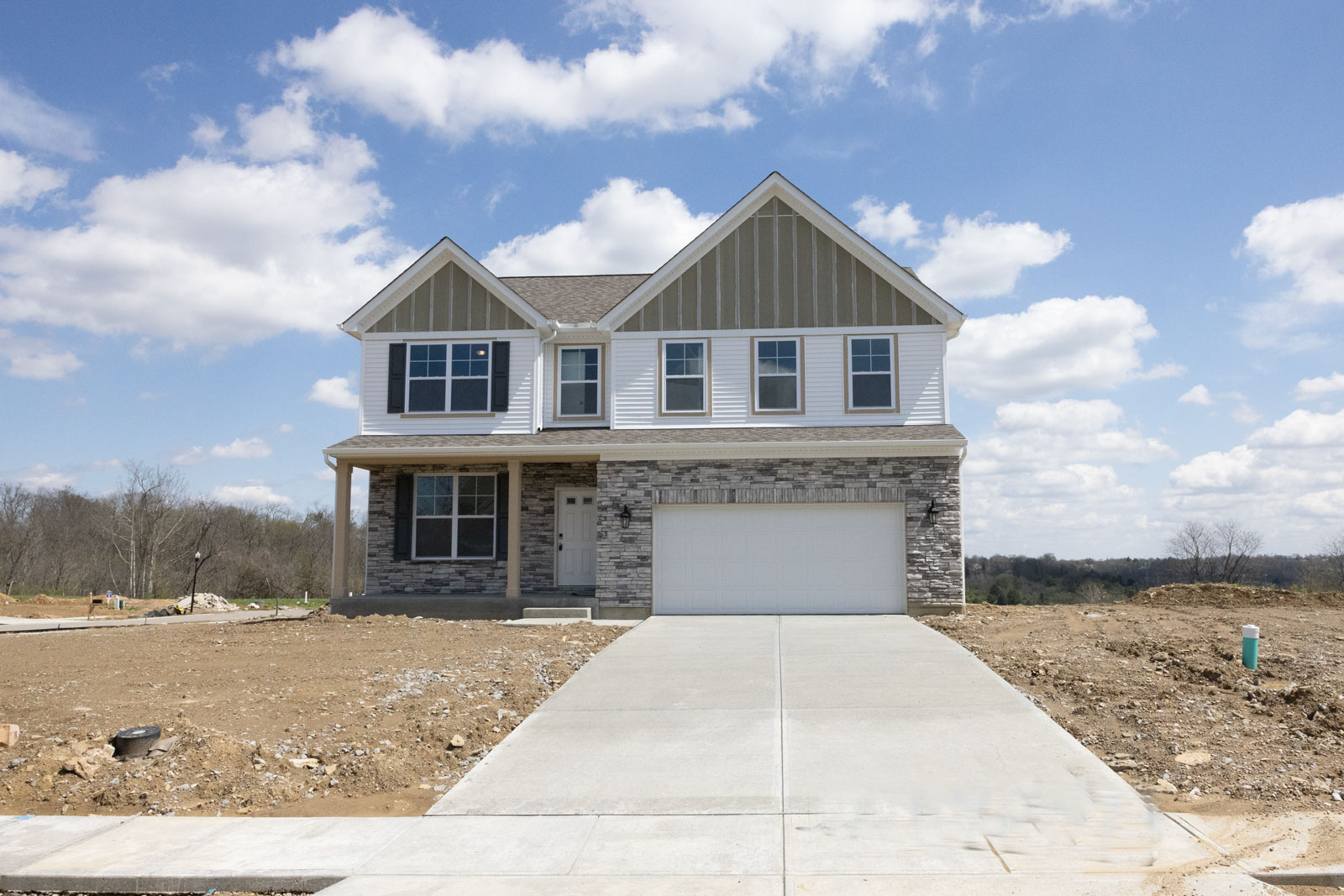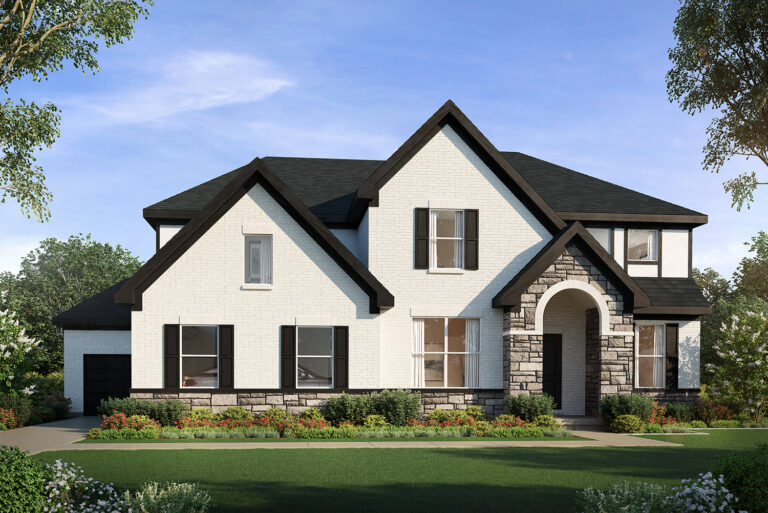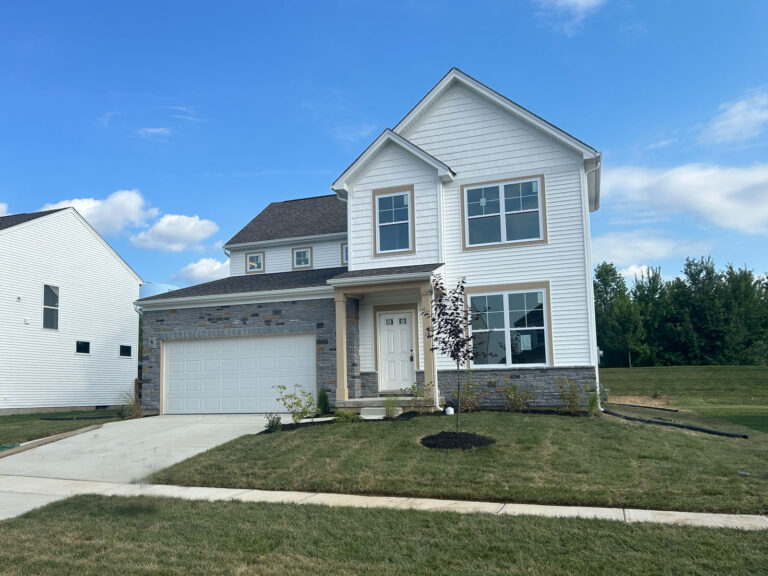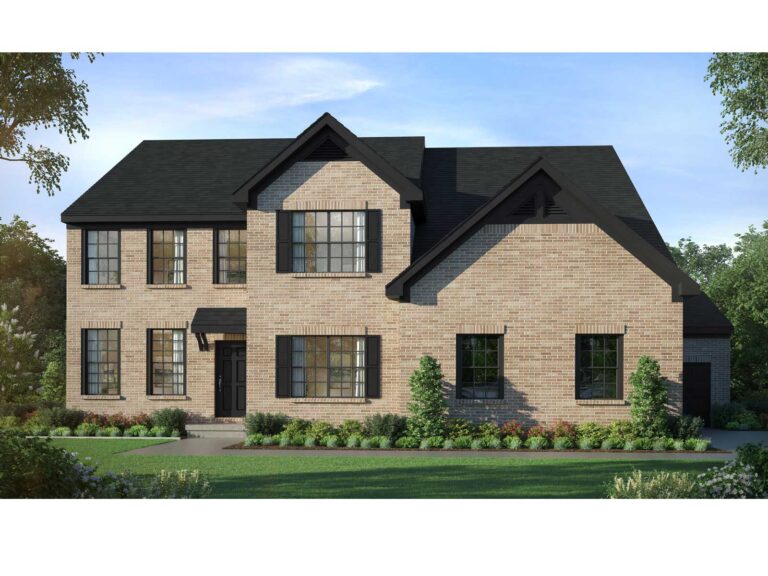
How to Schedule a New Construction Home Inspection: Expert Guide for Buyers

Josh Blatt
• 11 min read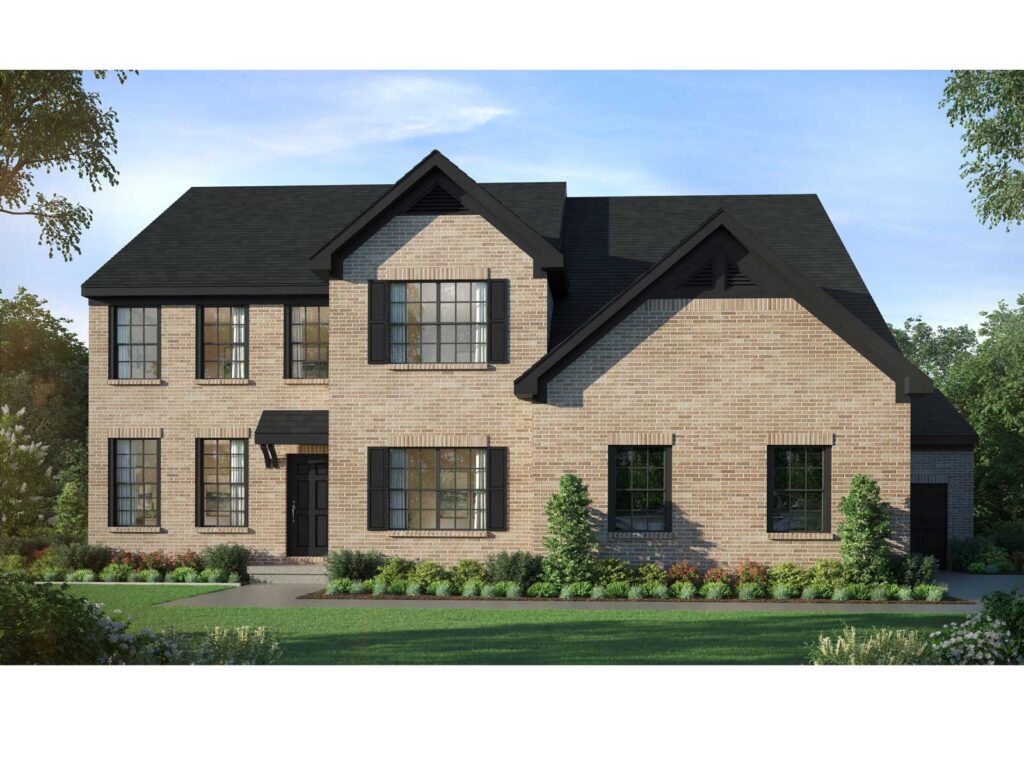
New houses can develop problems that affect their liveability, functionality, and structural stability. Pretty surprising, right?
A new construction home inspection stands as one of the most overlooked yet significant steps in buying a newly built property. Many buyers think new homes come perfect, which leads them to skip inspections and find costly problems later. Home inspections cost around $350, with most buyers paying between $300 to $400. That’s a small investment compared to what repairs might cost down the road.
Pre-drywall inspection becomes especially important when you have plans for a new home construction inspection. Inspectors can spot hidden issues before drywall makes them impossible to see. A qualified new construction home inspector will spend two to four hours to really examine the structure. They look for problems builders might have missed.
These experts know how to spot commonly overlooked issues. They check for structural problems, improper grading, mold signs, poor roofing installation, faulty wiring, plumbing leaks, insufficient insulation, and incorrectly installed HVAC systems. The final inspection will give a clear picture that your new construction home meets high quality standards and stays safe before closing.
This piece guides buyers through everything they need to know about timing, key factors, and steps to schedule a detailed inspection for newly built homes.
Why New Construction Homes Still Need Inspections
Many homebuyers think newly constructed homes don’t need inspections. All the same, the reality shows a different picture. Studies show one in seven (about 14%) new home buyers skip inspections completely, which could lead to future headaches.
Common issues found in new builds
New homes often hide problems despite modern construction methods and quality materials. Home buyers who conducted inspections found that 65% of newly constructed homes had issues. About 24% of new homes failed their first inspection. Common problems include:
- Structural and foundation issues (25% of all U.S. homes will suffer some type of structural defect in their lifetime)
- Plumbing defects like improperly installed pipes and fixtures
- Roof and water management problems including poor flashing around vents
- Improper grading and drainage (98% of basements will experience water issues eventually)
- Electrical system flaws and incorrect wiring
- Insulation and energy efficiency shortcomings
How inspections protect your investment
A full inspection safeguards your real estate transaction and helps you learn about the property’s condition. Early detection of construction faults allows quick fixes before they turn into pricey repairs.
Inspection reports document the home’s condition at purchase time, which are a great way to get support for warranty claims or future resale. Buyers can use uncovered issues to negotiate repairs or price adjustments with the builder.
Role of a new construction home inspector
Municipal building inspectors focus on minimum code requirements. However, a new construction home inspector gets into both safety and craftsmanship at each building stage. These professionals have special training to spot problems that most people might miss.
A qualified inspector performs a detailed evaluation of structural components, mechanical systems, and safety features. They check everything from the foundation to the roof to ensure all systems work properly and meet quality standards beyond simple code compliance.
Inspectors give an unbiased, third-party assessment that protects buyers and builders from potential risks down the road.
When to Schedule Your Inspection
The right timing can make a huge difference in getting the most value from your new home inspections. You’ll want to schedule each inspection at specific points to catch problems early, before repairs get pricey.
Pre-drywall inspection timing
Your pre-drywall inspection needs to happen at a key point in construction – right after the framing, electrical wiring, plumbing, and HVAC rough-ins are done but before any insulation and drywall go up. This usually falls around 60-90 days after construction begins. The inspector can see all structural components clearly at this stage, since nothing is hidden behind walls yet.
Builders call the perfect moment “Top-Out” – when they’ve completed and checked all framing for defects. The roof should be on, water-resistant barriers and windows should be in place, and all mechanical and electrical systems should be roughed-in before you schedule this inspection.
Final inspection before closing
Schedule your final inspection once your builder says the home is complete and ready for move-in. Most experts suggest booking this 1-2 weeks before your intended closing date. This gives enough time to handle any repairs while you still have leverage with the builder.
The final inspection works best when scheduled 48 hours before your final walkthrough, after the builder has cleaned everything up. Make sure all plumbing fixtures and appliances are installed and working properly at minimum.
Ideal window for scheduling
Your builder’s involvement plays a significant role in inspection timing. Having them present during inspections helps address potential issues right away. Weather conditions can also affect how thoroughly exterior features like roofing and siding get inspected.
Many homeowners protect their investment with an additional 11-month inspection just before their builder’s one-year warranty runs out. This last check spots any settling issues or defects that might show up during the first year in your new home.
Key Factors to Consider Before Booking
Booking a new construction home inspection needs more than picking an available date. The thoroughness and success of your inspection depends on several key factors.
Builder availability and coordination
Your builder’s presence forms the foundation of the inspection process. Having them around during evaluations leads to immediate discussions about any problems that might come up. Builders fix issues faster when they’re still responsible for the property. The best results come from early and open communication with your builder about construction schedules and inspection timing.
Builders often juggle multiple properties at once, which limits their availability. This makes advance planning crucial. Many homebuyers create a complete binder with plans, contracts, and builder communications to help smooth out the coordination process.
Construction completion status
The stage of construction completion determines the right time to schedule your inspection. The builder should finish all major construction work before a complete evaluation takes place. Schedule your final inspection at least one to two weeks before your planned closing date. This gives enough time to make repairs or adjustments.
Key inspection points happen after foundation pouring and when framing finishes. You can hire private building inspectors to handle these evaluations and spot potential issues early.
Weather and seasonal impact
Weather plays a big role in the inspection process and affects both timing and detail. Each season brings different conditions for checking exterior features like roofing, siding, and landscaping. Different times of year offer unique inspection advantages and challenges.
Spring and summer offer great visibility with longer daylight hours. Winter creates its own challenges as snow and ice might hide important exterior elements. Rain helps diagnose problems by revealing leaks or drainage issues that stay hidden in dry weather.
What Happens During the Inspection
A new construction home inspection is a step-by-step process that helps find potential issues in your newly built property. Home inspectors take two to four hours to check your property thoroughly. The time they spend depends on your home’s size.
Full property walkthrough
The inspector starts by getting a complete picture of your home’s interior and exterior. They check the walls, ceilings, floors, windows, doors, and structural parts inside. The exterior inspection looks at how the ground slopes away from the house, gutters, downspouts, roof shingles, siding, and other outside features. This detailed review helps spot any installation errors or safety issues the builders might have missed.
System checks: HVAC, plumbing, electrical
After the walkthrough, your inspector takes a close look at all major systems. They test electrical outlets, switches, check if the panel has proper labels, and verify the grounding. The plumbing inspection looks for leaks, tests water pressure, and confirms proper fixture installation. Your HVAC system gets checked for efficiency, airflow, and proper installation. These detailed checks make sure everything meets safety standards beyond basic code requirements.
Visual inspection and documentation
Inspectors use their trained eyes to review each part of your property. They document everything with notes, measurements, and photos as they work. Their visual checks help spot wear, damage, or wrong installations that most people might miss. The inspection does have some limits – inspectors usually won’t climb roofs, go into attics, move furniture, or test system operations.
What’s included in the inspection report
You’ll get a detailed report that sums up everything the inspector found. The report has descriptions of any issues, what it all means, and suggestions for more testing or repairs. Most reports come with digital photos that show problem areas. This document proves valuable when you need to make warranty claims or talk to your builder about fixes later.
Conclusion
The right timing makes these inspections work better. Pre-drywall inspections let experts check elements that will soon be hidden behind walls. Final inspections make sure everything works properly before closing. An 11-month inspection just before your builder’s warranty runs out can also be valuable.
Working with your builder makes these inspections more productive. Your builder’s presence during inspections helps start immediate talks about possible issues and speeds up solutions. Early and open communication helps you get the best inspection windows.
Weather can affect how well inspectors can check everything, especially outside features. Visibility is great during spring and summer. Winter creates some challenges because snow might hide important parts of the home.
A qualified inspector looks at everything from structural integrity to mechanical systems. Their unbiased assessment protects both buyers and builders. These detailed reports are a great way to get support for warranty claims and future talks if problems come up.
The $300-$400 you’ll spend on an inspection is tiny compared to what repairs might cost later. Professional evaluations give you peace of mind that your new dream home is safe, works well, and will last. This smart approach protects what could be your biggest investment, whether you’re buying your first home or your fifth.
FAQs
Q1. When is the best time to schedule a new construction home inspection? The ideal time is 1-2 weeks before your intended closing date. This allows sufficient time for any necessary repairs while maintaining leverage with the builder. For maximum effectiveness, schedule the final inspection 48 hours before your final walkthrough.
Q2. Why is a new construction home inspection important? Even brand-new homes can have issues. Studies show that 65% of inspected new homes had problems, and 24% failed their first inspection. An inspection protects your investment by identifying potential issues early, providing documentation for warranty claims, and giving you leverage for negotiations with the builder.
Q3. What does a new construction home inspector look for? A qualified inspector examines structural components, mechanical systems, and safety features. They check everything from the foundation to the roof, ensuring all systems function properly and meet quality standards beyond basic code compliance. This includes evaluating electrical, plumbing, HVAC systems, and more.
Q4. How long does a new construction home inspection take? Typically, a new construction home inspection takes between two to four hours, depending on the size of the property. During this time, the inspector conducts a thorough examination of both interior and exterior elements of the home.
Q5. Should I be present during the new construction home inspection? While not always required, it’s highly recommended that you attend the inspection. Being present allows you to ask questions, gain insights about your new home, and understand any issues firsthand. It’s also an opportunity to learn about the maintenance and operation of your home’s systems.

Why New Homes in Cincinnati Are Perfect for First-Time Buyers in 2026

Josh Blatt
• 11 min read
How to Get a Cincinnati Home Construction Loan: A Banker’s Inside Guide

Josh Blatt
• 11 min read
Top Cincinnati Ohio Suburbs for Families in 2025 (Ranked & Compared)

Josh Blatt
• 27 min read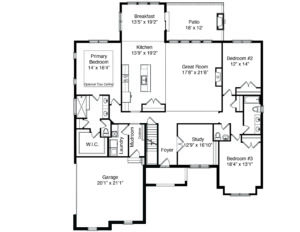
The Hidden Costs of Cincinnati New Home Construction [2025 Guide]

Josh Blatt
• 7 min read
